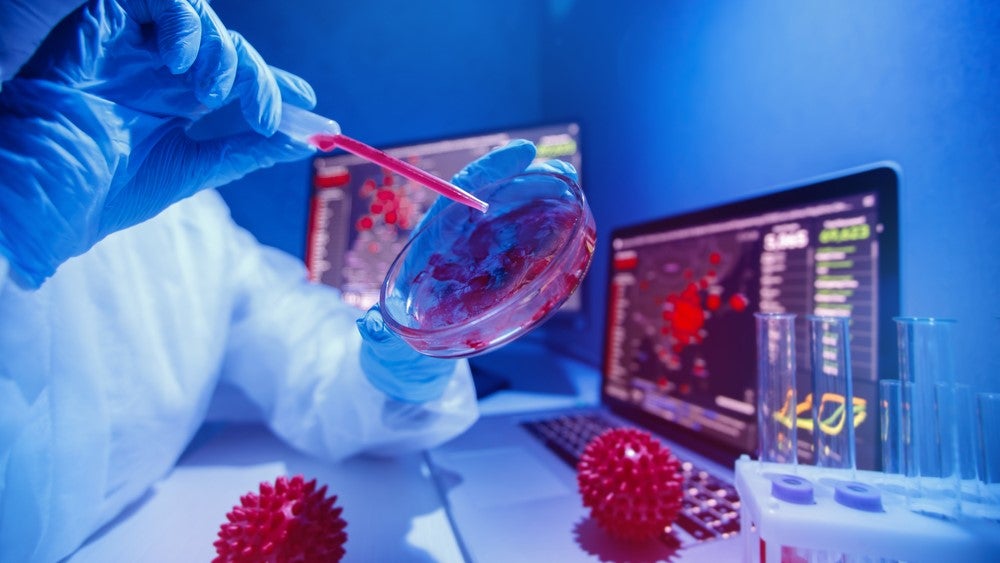
A new technology developed by researchers at the University of Waterloo in Canada examines visual gaze in order to accurately diagnose autism spectrum disorder (ASD) in children.
Findings from a study revealed that children with autism scan a person’s face differently compared to a neuro-typical child.
Based on these findings, the research team devised an approach to analyse the transition of a child’s gaze from one part of a person’s face to another.
While the new technology can be used in all ASD diagnoses, the researchers believe that it would be particularly effective for children.
The team expects the technique to be less stressful for children. Additionally, when used in conjunction with existing manual approaches, it could help doctors avoid a false positive diagnosis.
University of Waterloo Applied Mathematics department master’s student Mehrshad Sadria said: “Many people are suffering from autism, and we need early diagnosis, especially in children.
How well do you really know your competitors?
Access the most comprehensive Company Profiles on the market, powered by GlobalData. Save hours of research. Gain competitive edge.

Thank you!
Your download email will arrive shortly
Not ready to buy yet? Download a free sample
We are confident about the unique quality of our Company Profiles. However, we want you to make the most beneficial decision for your business, so we offer a free sample that you can download by submitting the below form
By GlobalData“The current approaches to determining if someone has autism are not really child-friendly. Our method allows for the diagnosis to be made more easily and with less possibility of mistakes.”
The researchers assessed 17 children with ASD and 23 neuro-typical children with a mean chronological age of 5.5 and 4.8 respectively.
Each child was shown 44 facial images on a 19in screen with an eye-tracking system. The system interpreted and detected the locations on the stimuli where the participant was looking ‘via emission and reflection of wave from the iris’.
The images were categorised into seven key areas of interest (AOIs) where the children focused their gaze. Four network analysis concepts were used in the process to assess the importance participants placed on the AOIs when exploring the images.
This technique is said to be much easier than the current ASD detection method of questionnaires or a psychologist evaluation.
University of Waterloo Applied Mathematics, Pharmacy and Biology professor Anita Layton said: “It is much easier for children to just look at something, like the animated face of a dog, than to fill out a questionnaire or be evaluated by a psychologist.
“Our technique is not just about behaviour or whether a child is focusing on the mouth or eyes. It’s about how a child looks at everything.”






